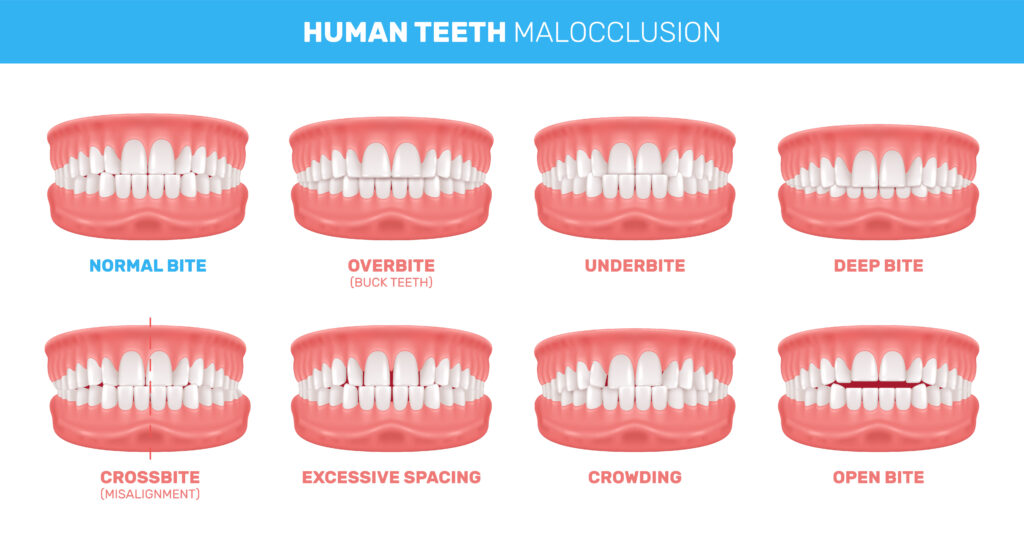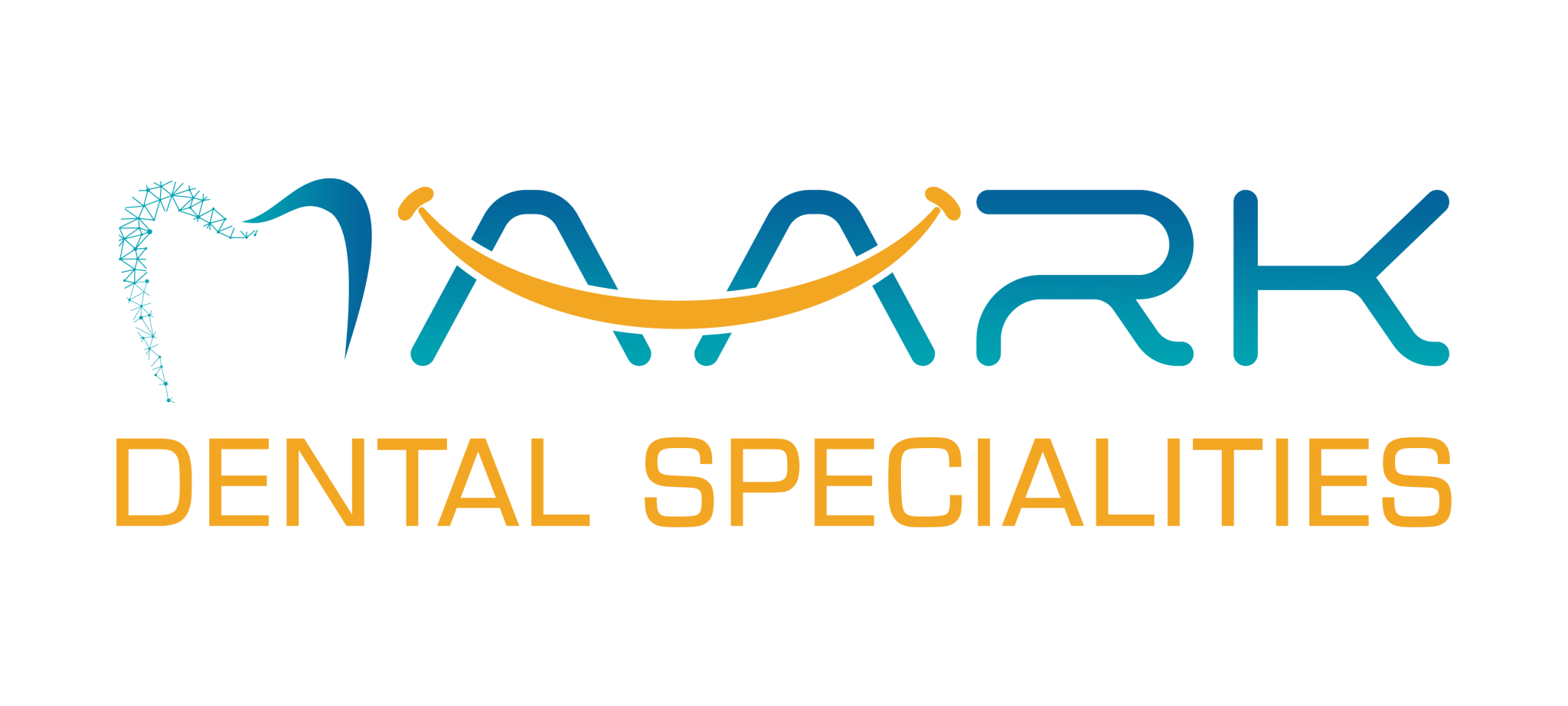Crooked Teeth

Malocclusion refers to misalignment or incorrect positioning of teeth when the jaws are closed. It can manifest in various forms, such as crowded teeth, crooked teeth, overbites, underbites, or crossbites. This condition can be hereditary or develop due to factors like abnormal jaw development, thumb-sucking habits, early loss of primary teeth, or facial trauma.
Symptoms of malocclusion vary based on its type and severity. Individuals with malocclusion may experience difficulty biting or chewing, discomfort, or pain while biting down, and sometimes speech difficulties. Additionally, malocclusion can impact facial aesthetics, leading to self-consciousness or dissatisfaction with one’s smile.
Several classifications categorize malocclusion types, such as Class I (normal bite with misalignment of individual teeth), Class II (overbite), and Class III (underbite).
Orthodontic assessment by dental professionals, including X-rays, impressions, and digital scans, helps diagnose the type and severity of malocclusion.
Diagnosis:
- Visual Examination: Dentists observe tooth alignment and jaw relationships.
- Bite Analysis: Assessing how upper and lower teeth come together.
- X-rays and Impressions: Provide detailed images for precise diagnosis.
Solutions:
- Orthodontic Braces: Traditional or clear aligners to gradually move teeth into proper alignment.
- Retainers: Maintain teeth alignment after braces or aligner treatment.
- Jaw Surgery: Corrective surgery for severe malocclusions affecting jaw alignment.
- Dental Restorations: Crowns, veneers, or bonding to reshape and correct tooth alignment.
Prevention of malocclusion involves early detection and intervention. Children should have regular dental check-ups to monitor jaw and teeth development. Addressing thumb-sucking habits, using pacifiers or bottle feeding, and encouraging proper oral habits from a young age can help prevent malocclusion. Timely orthodontic evaluations and interventions during childhood or adolescence can minimize the severity of malocclusion.
Understanding the signs, seeking professional evaluation, and timely intervention by orthodontic specialists are essential in addressing malocclusion effectively. Correcting malocclusion not only enhances oral function but also contributes to improved overall dental health and confidence in one’s smile.


